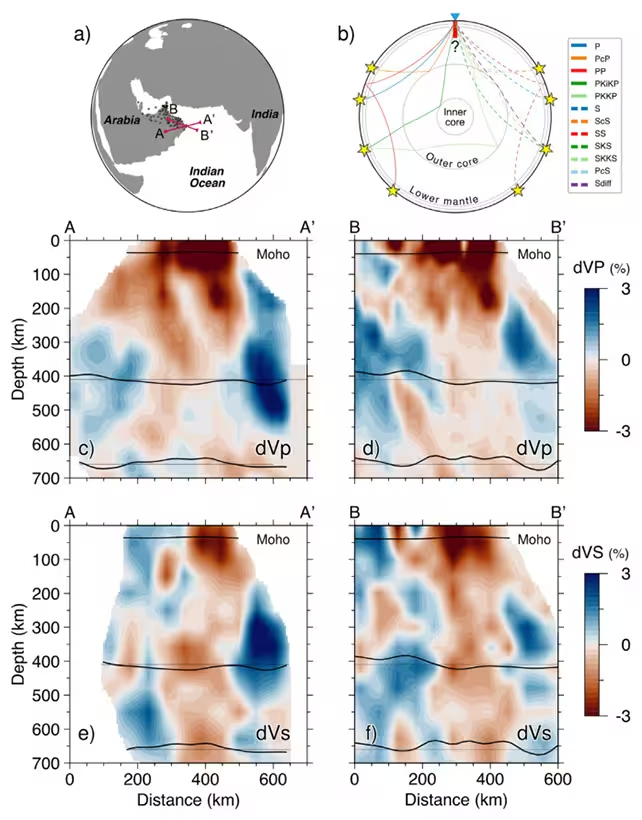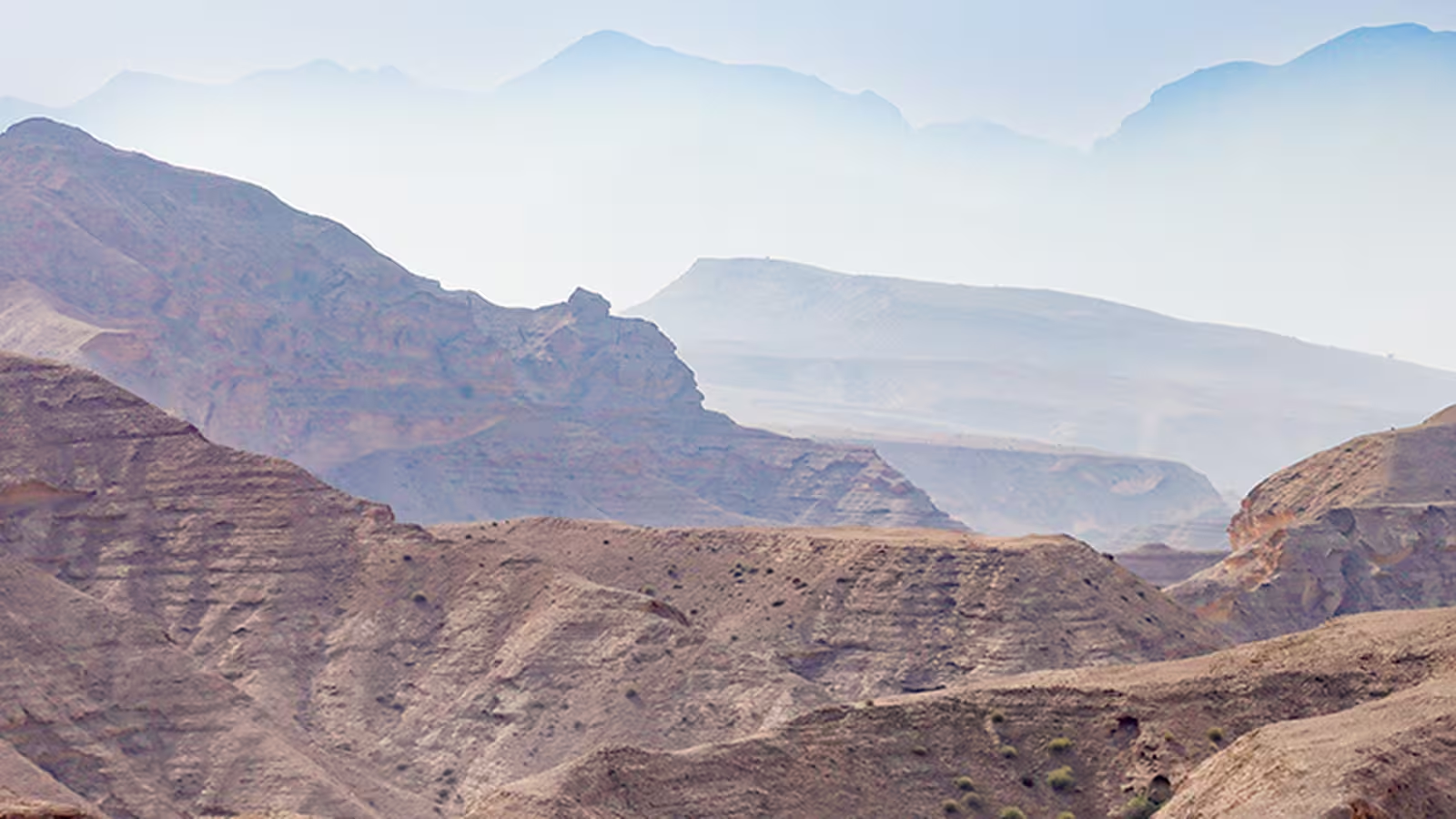4 Minutes
A groundbreaking international study has revealed compelling evidence for the existence of a so-called ‘ghost’ mantle plume rising from deep within the Earth beneath eastern Oman. Unlike traditional mantle plumes, which often drive dramatic volcanic activity at the surface, this newly detected structure—dubbed the Dani plume—remains virtually invisible on the landscape but may play a significant role in reshaping the planet from within.
Scientific Context: The Role of Mantle Plumes
Mantle plumes are columns of superheated rock that ascend from the boundary between the planet's core and its mantle, nearly 2,900 kilometers below the surface. Commonly, these plumes manifest as hotspots, giving rise to islands or volcanic chains, such as those found in Hawaii and Iceland. Their movement is a vital component in Earth's thermal and tectonic evolution, influencing plate movements, landscape formation, and even the dynamics of Earth's magnetic field.
The idea of a 'ghost' plume refers to a deep-subsurface upwelling of heat and material with little or no visible volcanic activity at the surface. Detecting such elusive features presents a unique scientific challenge, but their presence could help explain subtle tectonic processes and long-term geological changes.
Key Findings: Evidence for the Dani Ghost Plume
The team, comprised of geophysicists and earth scientists from multiple institutions, combined seismic readings with advanced computer modeling to hunt for hidden signs of mantle activity in eastern Oman. Seismic waves traversing the region were observed to travel more slowly than expected—a classic indication of anomalously hot and softened rock beneath the Earth's crust.
Further analysis identified two significant seismic discontinuities at depths of approximately 410 and 660 kilometers. These boundaries correspond to well-known transitions in Earth’s mantle structure and act as markers of major geological features. Based on the collected data, the researchers estimate the Dani plume to be about 200–300 kilometers wide, with temperatures up to 300°C (540°F) hotter than the surrounding mantle. Despite its intense heat, it appears to have a relatively limited extent and does not currently fuel active volcanoes in Oman.

Potential Geological Impact
Modeling suggests the ghost plume is not a recent phenomenon—it may have been influencing the tectonic evolution of the Indian plate for at least 40 million years. Its upward push could still be subtly uplifting regions of Oman today, hinting at a long-standing role in shaping the regional landscape.
Broader Implications for Earth Sciences
The identification of a ghost plume has far-reaching implications for fields such as plate tectonics, geodynamics, and our understanding of Earth’s thermal evolution. If such hidden plumes are confirmed globally, they could require a major overhaul of models predicting continental drift, volcanic activity, and heat flow within the Earth.
The discovery also implies that more heat is likely escaping from the planet’s core-mantle boundary than previously believed, suggesting that thermal energy distribution models must be updated. As the research team noted, increased core-mantle heat flux could demand new assessments of heat-producing elements sequestered in Earth's lower mantle and core—fundamental parameters for modeling the planet’s past and future behavior.
“While individual results alone may appear inconclusive, their collective contribution provides a consistent and robust interpretation,” the researchers report. “An augmented core-mantle-boundary heat flux bears implications for thermal evolution models of our planet, and potential revisions to account for the distribution of heat-producing elements.”
Conclusion
The potential discovery of the Dani ghost plume under Oman marks a significant advance in our understanding of Earth's deep interior and the hidden forces at play beneath our feet. As scientists continue to search for more of these elusive structures worldwide, such findings promise to refine our knowledge of plate tectonics, mantle dynamics, and the intricate processes that sustain our planet’s geological vitality.
Source: doi



Comments